The competition has arrived! AMD's Radeon RX 9070 is standing directly opposite the RTX 5070, and intends to steal its place in the same price segment. Does it have what it takes to do so? Find out in our test.
AMD has knowingly given way to NVIDIA at the beginning of 2025. The wait has been strange to say the least, as the announcement was crossed out of the CES programs and moved to the very end of February. Rumor has it that this time was used to optimize the RX 9700 and XT drivers and stocks as much as possible. That's all well and good, but how is the graphics card now that we finally have it in our hands? Let's take stock.
Price and availability
The Radeon RX 9070 has been officially announced at a price of 629 euros. Financially, the RX 9070 is positioned on paper as a direct rival to the RTX 5070, to the point of even asking for practically the same price.
| AMD Radeon RX 9070 | |
|---|---|
| GPU | RDNA4 |
| Engraving | 4 nm |
| Computing units | 56 |
| Accelerator IA | 112 |
| TGP | 220W |
| GDDR memory | 16 GB GDDR6 |
| Memory bus | 256-bit |
Here is our test configuration for the RX 9700:
- CM: ROG Strix X870-I Gaming WiFi
- CPU: AMD Ryzen 9 9800x3D
- Cooling: Corsair iCue H100i RGB Elite
- RAM: 2×16 GB Corsair Vengeance DDR5-6000 MHz
- SSD: MSI Spatium M580 PCIe 5.0 2 TB
- PSU: Corsair SF1000L 80 Plus Gold
Design, consumption and heating
Since AMD is not making its own graphics cards this year, we have the Sapphire for testing Radeon RX 9070 Pulse, the edition that will be sold at the price decided by AMD. And as always, these editions are those with the minimum service, which avoid small frills like RGB lighting to focus on the card itself, which is not to displease us. This one is relatively well contained, with a 2-slot design and two massive radiators cooled by two fans on the top that return the hot air to the back of the chassis.
On the heating side, we can see that the graphics card holds an overall temperature of 56°C pushed on a synthetic test, with a hot spot at 70°C. The most worrying is its GDDR6 memory which already flies to 86°C in these conditions. At rest, we find 47°C, 49°C at the hot spot and a memory at 68°C. It heats up more than its direct rival, and the memory at 86°C does not make you want to try the overclock adventure, but it is effective.
The announced TGP of the RX 9070 is 220W, which we also find even if we were able to capture peaks at 248W all the same. In game, it still remains in the 214W range, which is not problematic and is equivalent to the RTX 5070. It is at rest that we are somewhat disappointed to find 20W of consumption, double that of the green team.
At least here, no need for a 16-pin PCIe Gen 5 adapter: the card natively requires two classic 8-pin connectors.
Creative calculations and artificial intelligence
Note that a major new feature of the 9000 series is to have updated the entire Media Engine part of the platform. AMD promises better video compression quality and much higher performance than the previous generation, which was quite disappointing for budding streamers. We haven't had the chance to test it, though.
On the photo side, there is not really any improvement compared to the RX 7800 XT that precedes it, making the RTX 5070 remain ahead in performance by 7% which is not very marked. The same goes for the video part, where the RX 9070 surpasses the RX 7800 XT but remains behind the 5070 by 5%. Finally, on DaVinci Resolve which is more lenient with AMD cards, it is a 12% drop in performance compared to the RX 7800 XT. However, let's bet that here, the editing software must be updated to take full advantage of this new generation.
Since our Blender test is not yet compatible with the 9000, we move directly to the performance of AI calculations. Here, NVIDIA maintains its 10% lead on FP32 calculations, a massive 25% on native FP16 and 48% on integers. It is only when using Stable Diffusion that the RX 9070 stands out by only 6%.
Measurements in 4K and 1440p VS RTX 5070 and RX 7800 XT
Tradition requires, let's start with two synthetic tests: Speed Way and Steel Nomad. The first one takes full advantage of ray-tracing, the second one avoids it completely, both ones that use the latest technologies in the development of video games on PC.
This is very promising for the RX 9070. Speed Way shows that if NVIDIA is still ahead of RT, the gap is closing enormously to only 4% difference. And in pure rasterization, the RX 9070 takes off with 16% more performance than its rival. But all that doesn't mean much...
To test in real conditions, we used 10 titles:
- Alan Wake 2
- Baldur's Gate 3
- Black Myth Wukong
- Cyberpunk 2077
- Flight Simulator 2024
- Hogwarts Legacy
- Horizon Forbidden West
- Indiana Jones and the Ancient Circle
- Marvel Rivals
- Ratchet and Clank Rift Apart
These games were selected for different reasons. Some like Alan Wake 2, Black Myth Wukong or Cyberpunk 2077 push even the most recent graphics cards to their limits. Others like Marvel Rivals are a good indicator for modern competitive gaming. But above all, all these titles are compatible with a large majority of technologies on both sides, DLSS and FSR. Note that for these comparisons, the lowest common denominator is chosen: if a game supports DLSS Frame Generation, but not FSR3 Frame Generation, then the measurements are made in simple DLSS/FSR for the same comparison basis. Ray-tracing is always pushed to the limit, or in path tracing when available or similar.
Also read – Test of the Nvidia RTX 5090: a real graphics revolution!
When possible, we will also compare the performance increases between the different DLSS/FSR/XeSS technologies. These scores cannot unfortunately be compared between a solution X and a solution Y, since they do not have the same impact on performance for the same visual rendering. The comparisons will therefore be made on a similar technology, when the results of other technologies are presented for information purposes only.
Alan Wake 2
With ray-tracing enabled, the observation is not particularly good for the RX 9070… If the evolution is there compared to the 7800 XT, the RTX 5070 is far ahead in 4K with almost 3 times higher performance. In 1440p, the observation is just as sad.
On the other hand, the RX 9070 picks up speed as soon as the option is deactivated. In 4K, it suddenly offers 26% more performance than the RTX 5070, for 19% in 1440p. Nice sleight of hand.
Baldur’s Gate 3
On Baldur’s Gate 3, the gap with the 7800 XT is widened by around 27% on both definitions. However, compared to the RTX 5070, it is only 5%, which is far from remarkable.
Black Myth Wukong
Black Myth Wukong is perhaps the most telling game in this comparison. With ray-tracing, it is the RTX 5070 that takes off with 93% more performance in 4K for 82% in 1440p. The RX 7800 XT is not even present, so to speak.
But here it is: remove ray-tracing, and it is now the RX 9070 that dominates everything with 37% more performance in 4K for 43% in 1440p. The difference with the RX 7800 XT is particularly felt here.
Cyberpunk 2077
In 4K with ray-tracing activated, certainly, the RTX 5070 is ahead. But at this order of magnitude, is it really important to note it? In 1440p, it's immediately more telling: the RX 9070 is behind by 37% compared to the RTX 5070, which hurts.
Without ray-tracing, the battle is a little less fierce. In 4K, the RX 9070 wins by 10% against the green team, for only 4% in 1440p. The generational evolution is there for AMD against the 7800 XT, but the rivals have not said their last word.
Flight Simulator 2024
Flight Simulator is the most amazing game in our selection. The RTX 5070 is indeed beaten on the 4K definition by 13% by the RX 9070, but it loses in the game on the 1440p definition by only 4% that being said.
Hogwarts Legacy
The anomaly in 4K already noted on the RTX 5070 and Hogwarts Legacy cannot really be commented on, but the RX 9070 still maintains a 7% lead in ray-tracing on the 1440p definition. Light, but still present.
And without ray-tracing, it is once again the RX 9070 that wins by 17% in 4K for 12% in 1440p. This is a game favorable to the red team.
Horizon Forbidden West
We cannot make more stepped measurements than on Horizon Forbidden West, where the RX 9070 remains in the lead regardless of the definition by 23% in 4K and 19% in 1440p. A nice performance increase compared to the RX 7800 XT which remains at the back of the pack.
Indiana Jones and the Ancient Circle
Indiana Jones is however the most worrying game in this selection, since it is representative of the next wave of titles integrating ray-tracing by default into the game engine. However, in this context, NVIDIA's victory is total.
In path tracing in 1440p (neither card holds 4K supreme), the RTX 5070 sends 53% more performance. Without path tracing, the two cards are tied in 4K, but the RTX 5070 takes the lead by no less than 26% in 1440p.
Marvel Rivals
While we would have easily given the RX 9070 the clear winner on paper, that is almost not the case. In 4K, the red team and the green team are neck and neck. It is only in 1440p that the RX 9070 takes a slight lead of only 5%.
Ratchet and Clank Rift Apart
And here, the Radeon drivers once again deny us access to ray-tracing on Ratchet and Clank Rift Apart, a situation that is still frustrating and highlights the weakness of the drivers' monitoring. Still, in 4K without ray-tracing, the RX 9070 takes the lead by a small margin at 4% more performance, while 1440p is slightly more favorable at 8%.
FSR 4, it's not too early and almost too late
The biggest star of the RTX 50 launch is undoubtedly the Transformer model, which supplants the CNN used until now to boost the capabilities of DLSS Super Resolution (which scales the image to improve performance), Multi Frame Generation (which creates new frames for each native frame to improve display fluidity) and Ray Reconstruction (the denoiser dedicated to ray-tracing). The graphic quality of each element has been greatly improved, and the worst part is that the RTX 20 and later can all benefit from it in one way or another.
On the contrary, the FSR until its most recent version 3.1 used a so-called “temporal” algorithm, which was not based on artificial intelligence, which led AMD to fall far behind in image quality while NVIDIA improved its previous CNN model one after the other. 5 years after the release of DLSS 2, the FSR 4 finally arrives to offer upscaling also based on artificial intelligence and to offer better rendering quality.
So yes, the FSR 4 is exclusive to the RDNA 4 generation. This is the cost to pay for having underestimated the importance that AI would take on the rendering of video games, and which is quite natural since the AI calculation units are important here. But here it is... In our tests (since AMD refuses to answer this question), it seems to us to observe that the model used here is still a CNN, which still needs to be trained. The image quality is indeed largely reminiscent of that known until now on DLSS 2.4, which is in itself a good improvement, but does not allow AMD to directly compete with NVIDIA which has gone even further. While the character's textures are finer and less pixelated, the ground loses rendering details and the image is a little duller.
Worse still, the FSR 4's Frame Generation seems to have stuck to a temporal algorithm. Proof of this is that the usual artifacts of this technology, including ghosting, are still regularly present where NVIDIA's presentation benefits from greater stability today thanks to AI also applied to Frame Generation. Note the doubling of Aloy and the loss of definition of her arc on a camera movement.
And moreover, the Ray Reconstruction still has absolutely no response from AMD. Games using ray-tracing on the 9000 generation therefore always present a very marked noise that is difficult to ignore in the game. For example: the windows of Alan Wake 2 are visibly filled with noise, something that does not exist with NVIDIA's Ray Reconstruction.
But instead of having these features, we have the integration of a local AI assistant within the Catalyst software, which although supposed to be more stable did not stop crashing during our tests. And of course HYPR-RX which is capable, thanks to AFMF updated to version 2.1 for the occasion, of forcing frame generation on any game at driver level. A solution also proposed by NVIDIA, but not very highlighted because it was not outside the logic of the game. Understand that we weigh down more than we optimize the rendering, for want of not gaining room for maneuver thanks to the use of the upscaler before that.
All this without counting that the FSR 4 is currently only available for a little more than 30 games, with a little more than 70 titles announced in 2025… less than the launch of DLSS 4 itself at 75 games from the start. In short, on the software side, the response from the shepherd to the shepherdess is once again awaited in 2025.

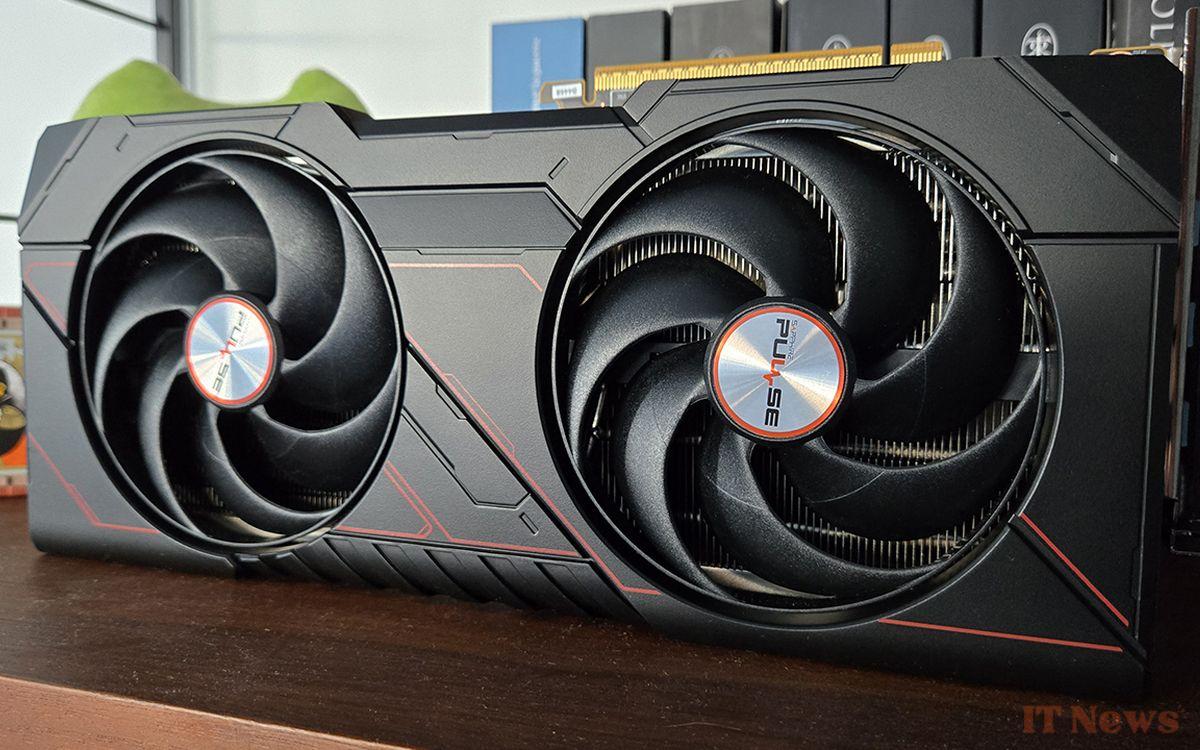
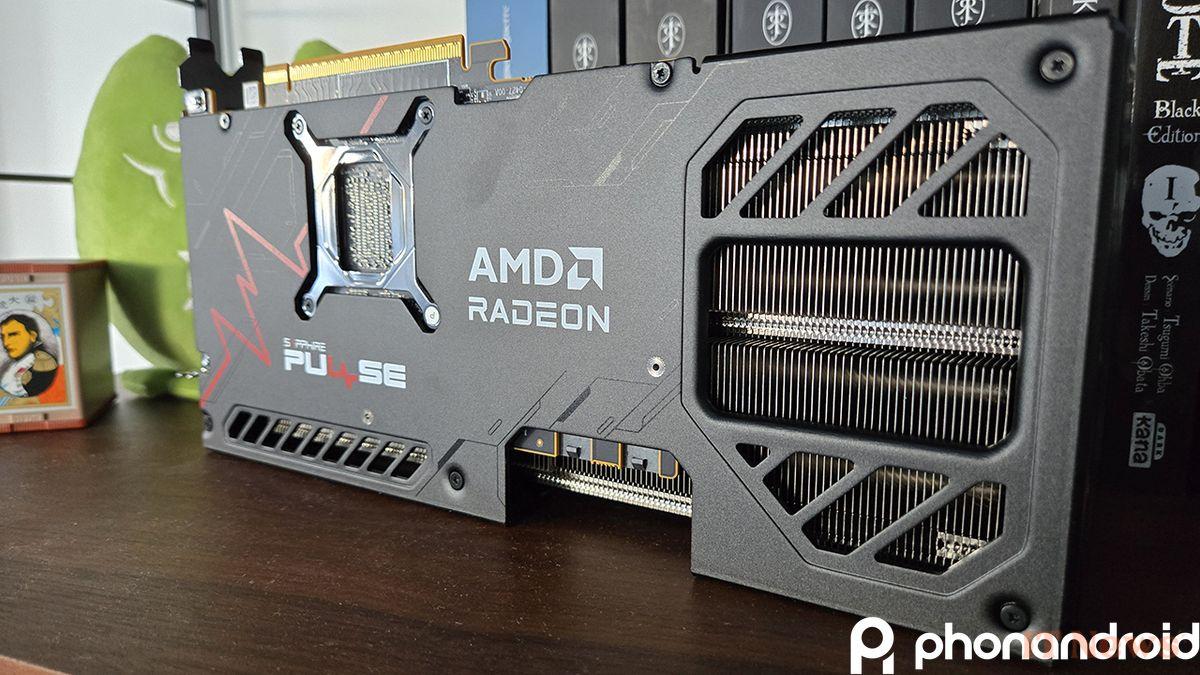
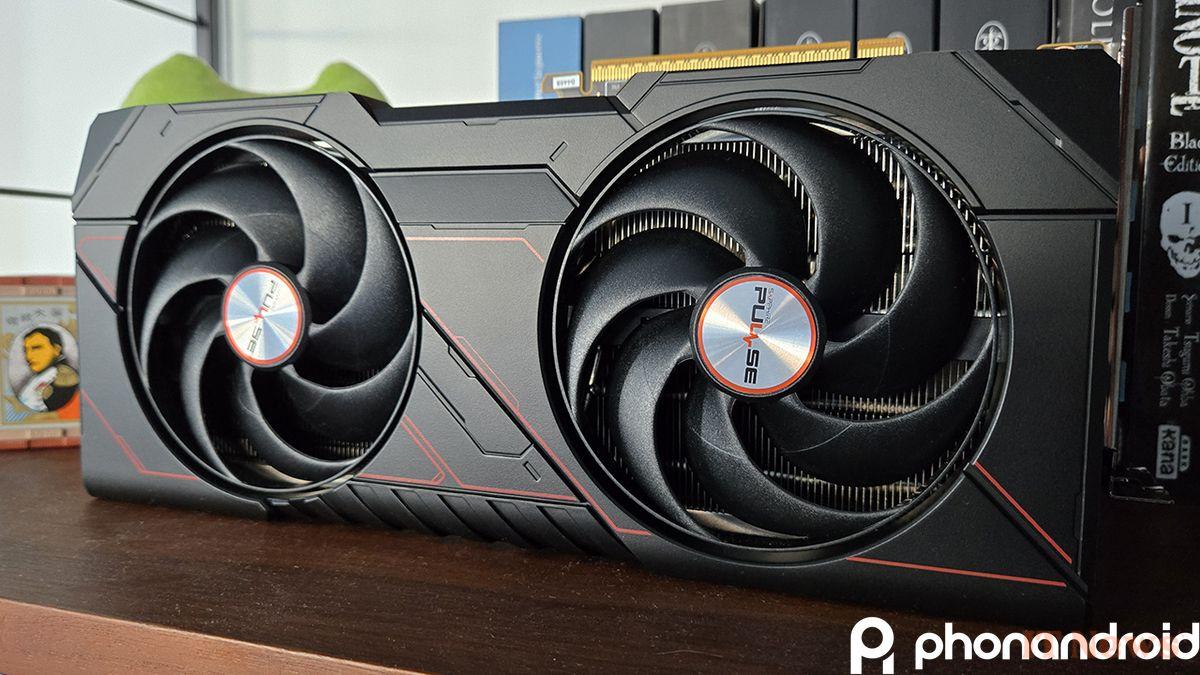
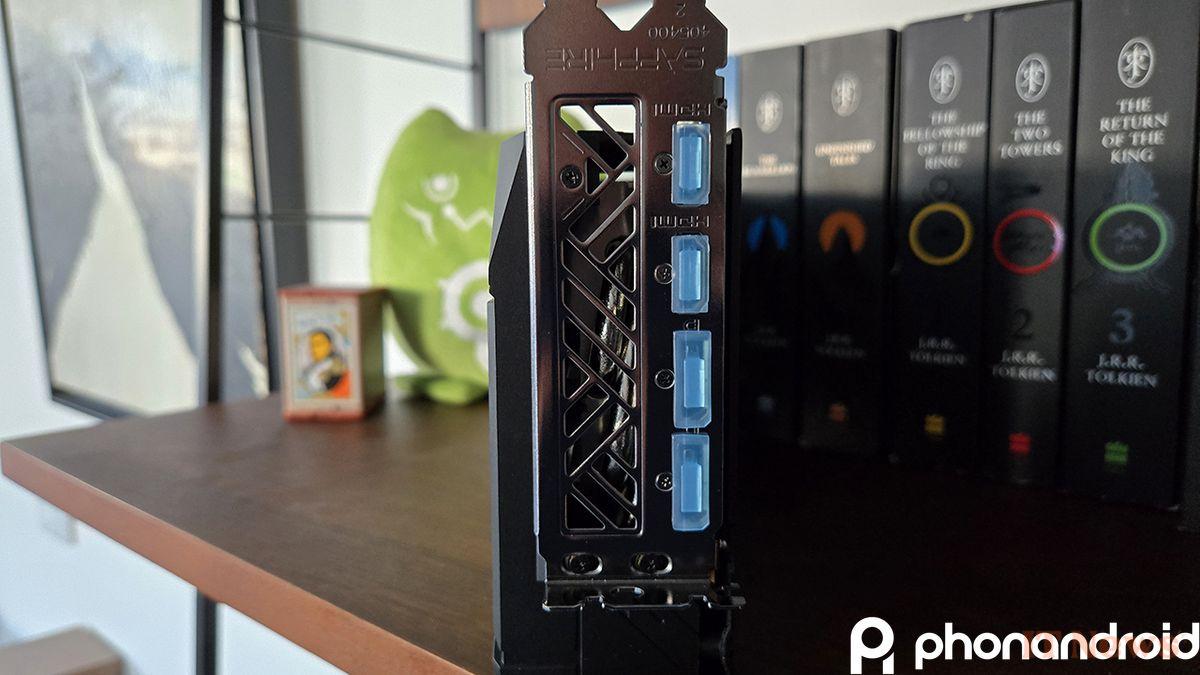
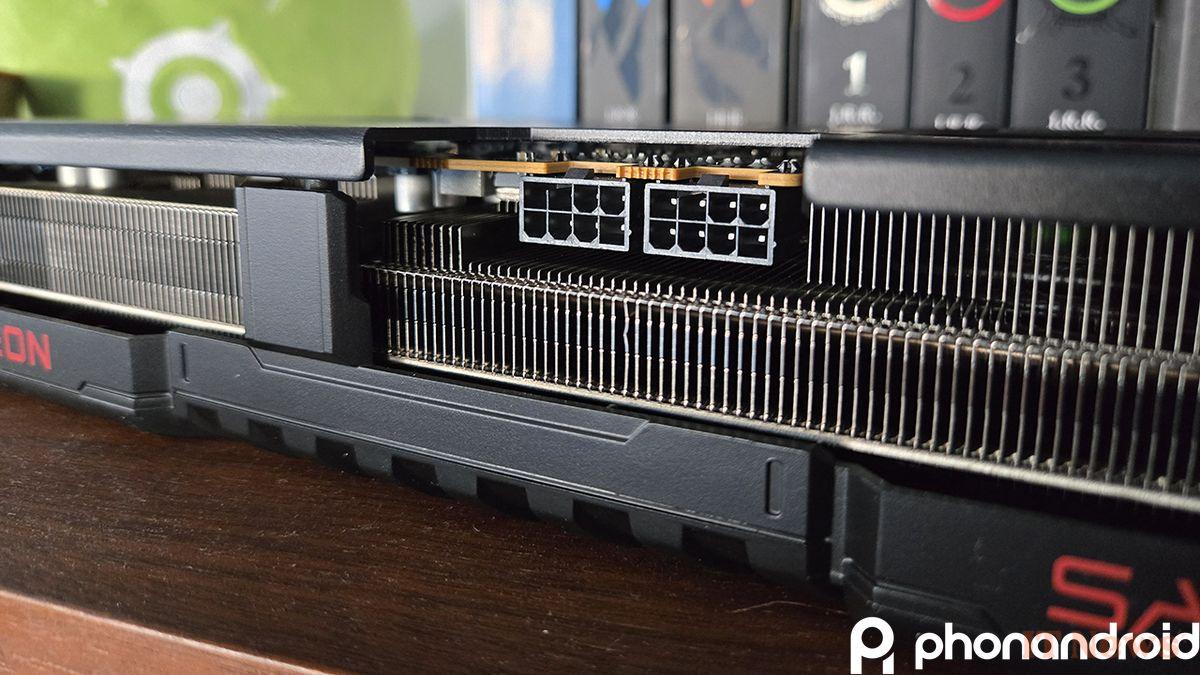
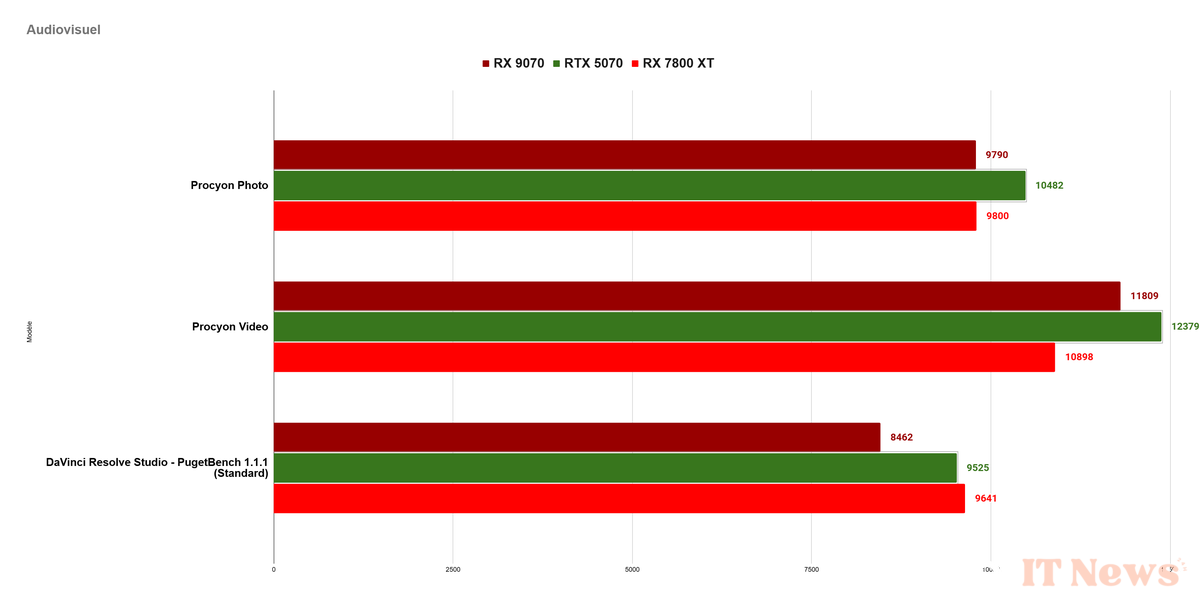
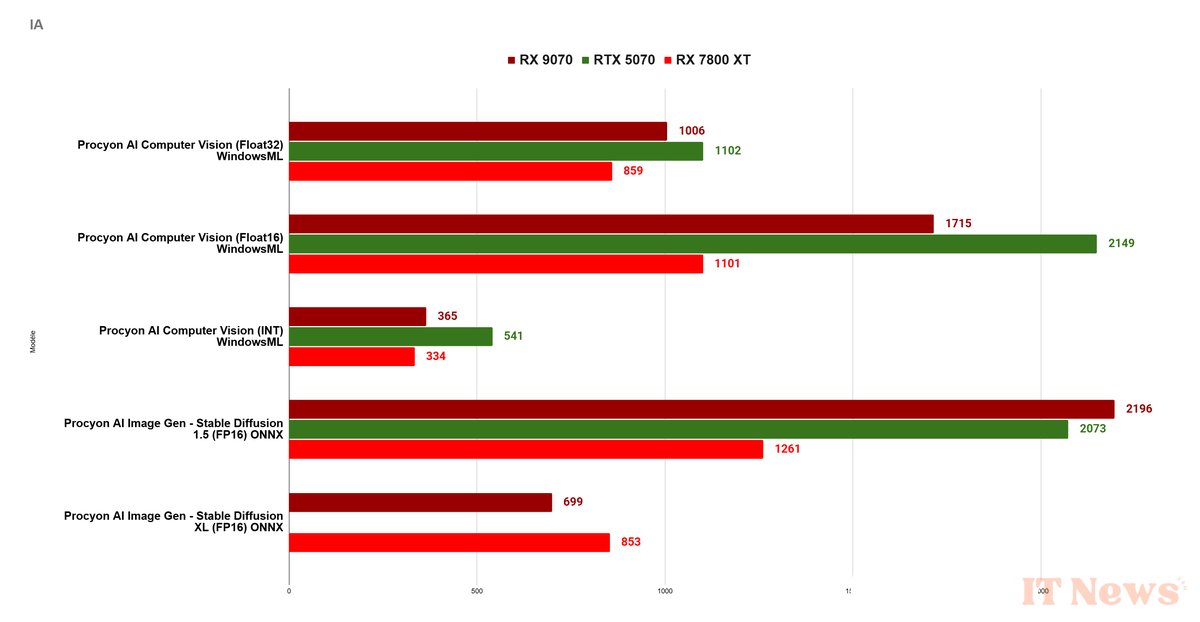
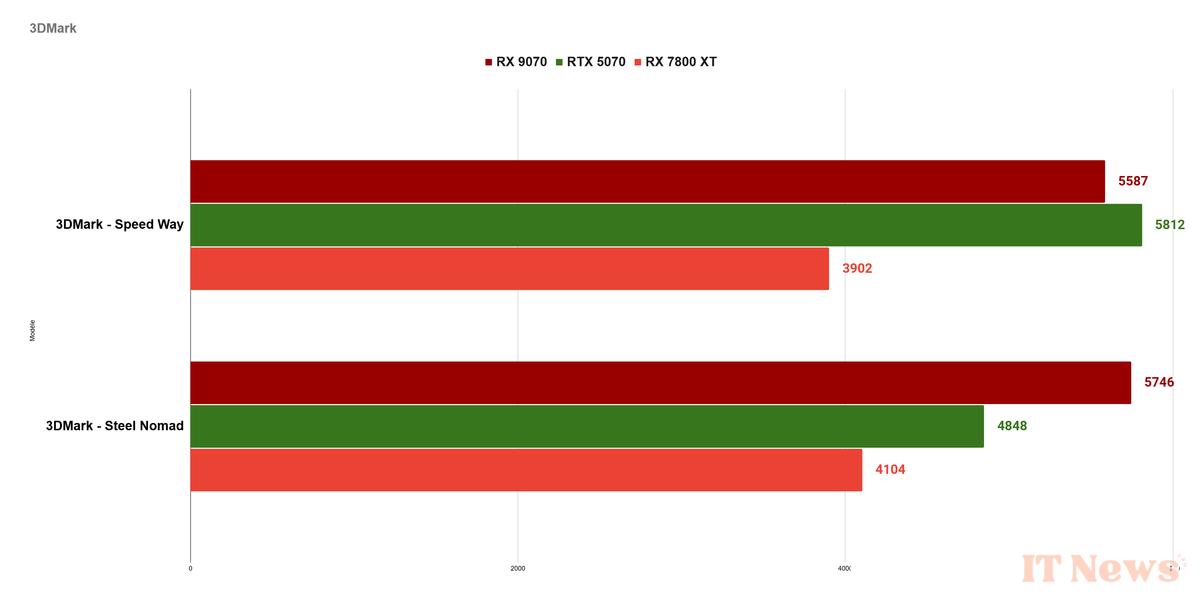

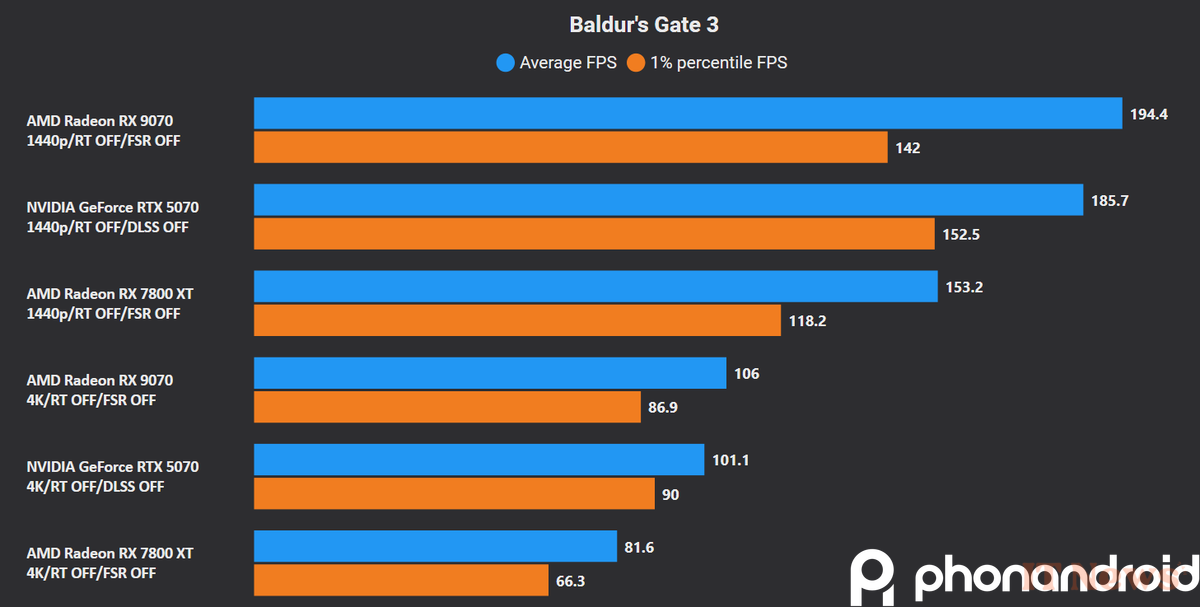
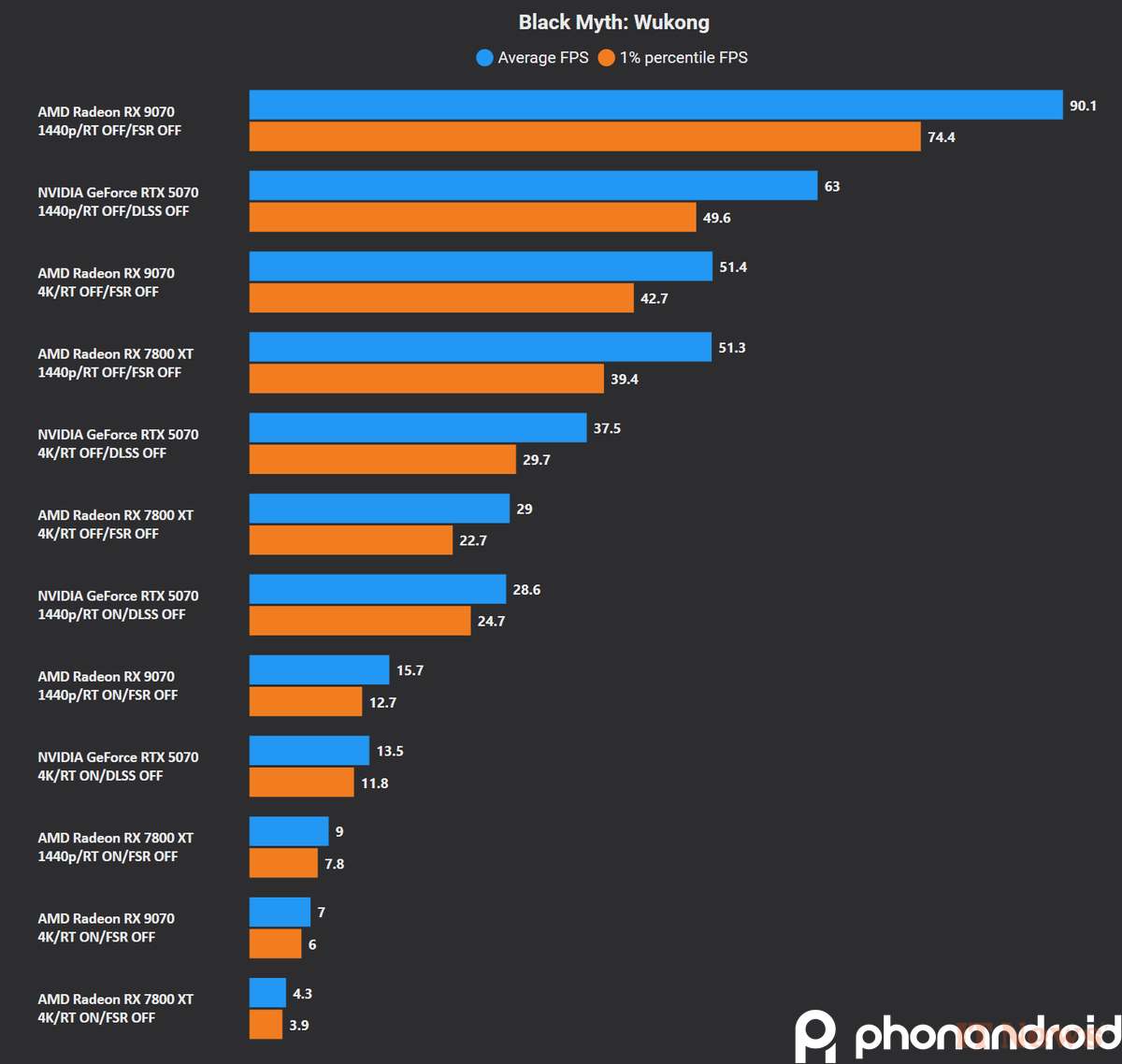
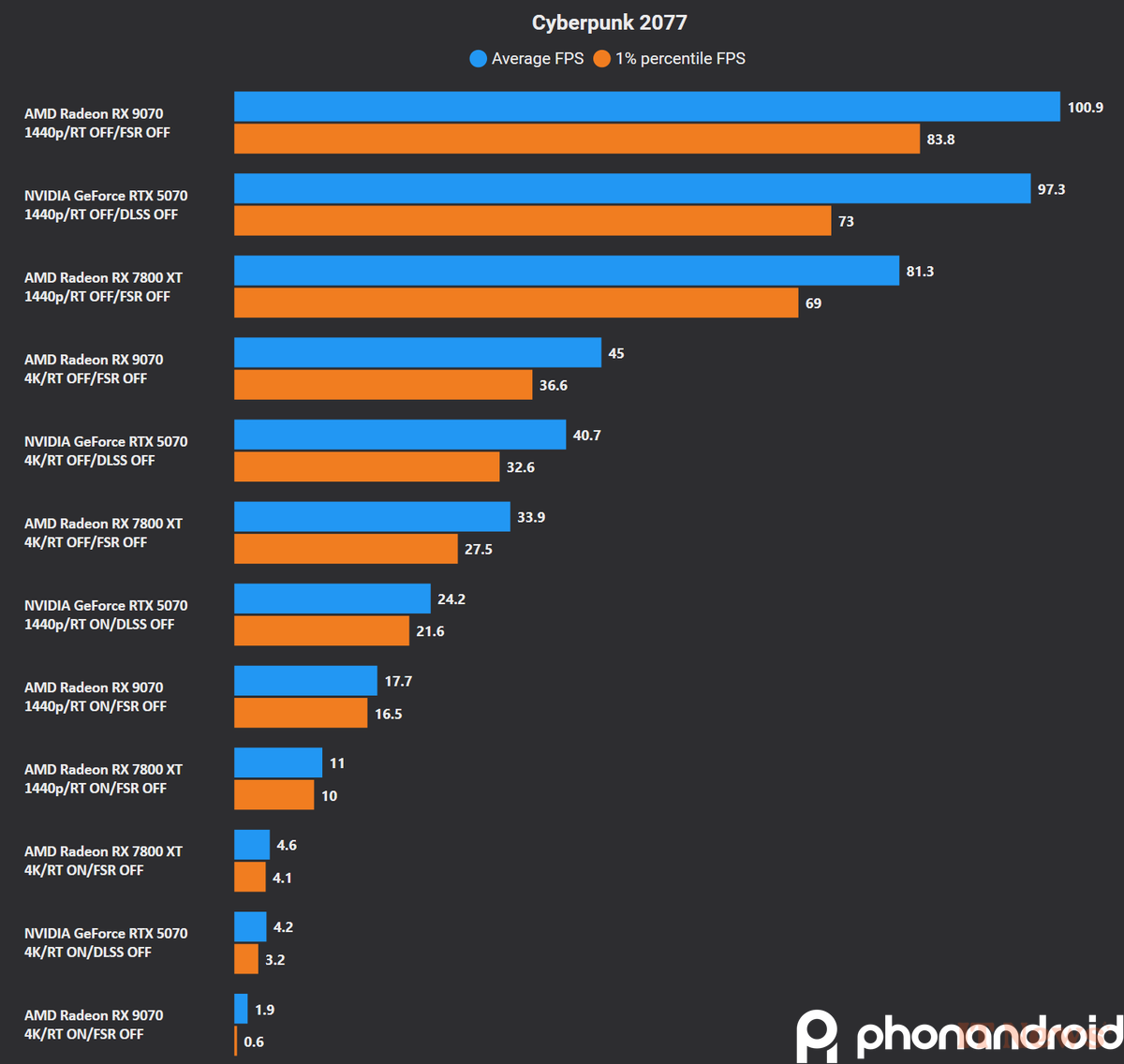
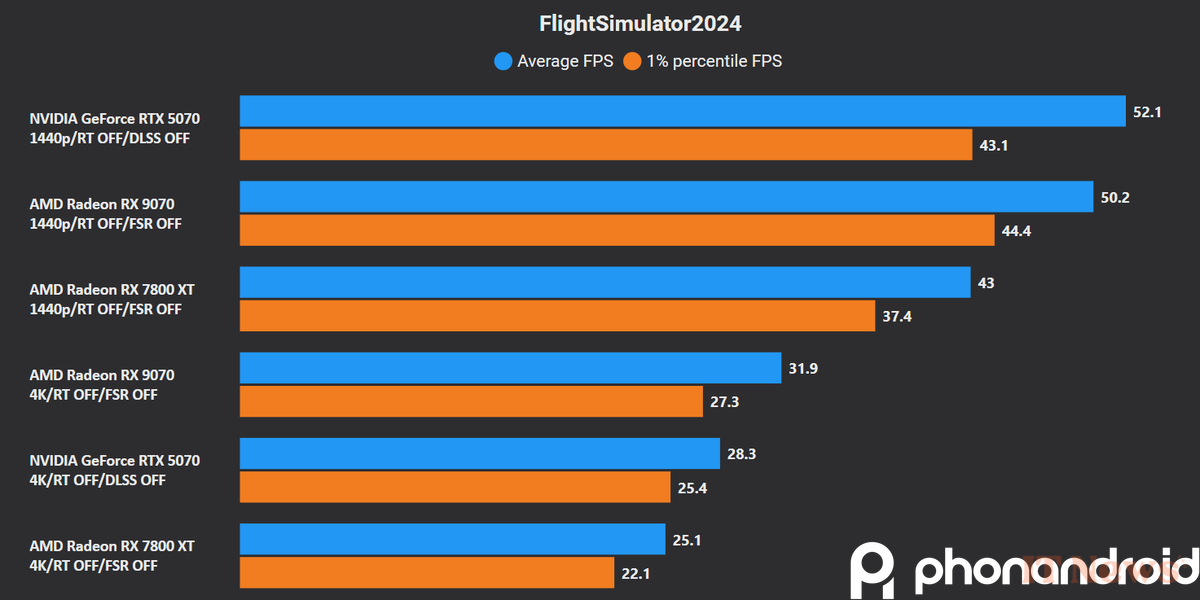
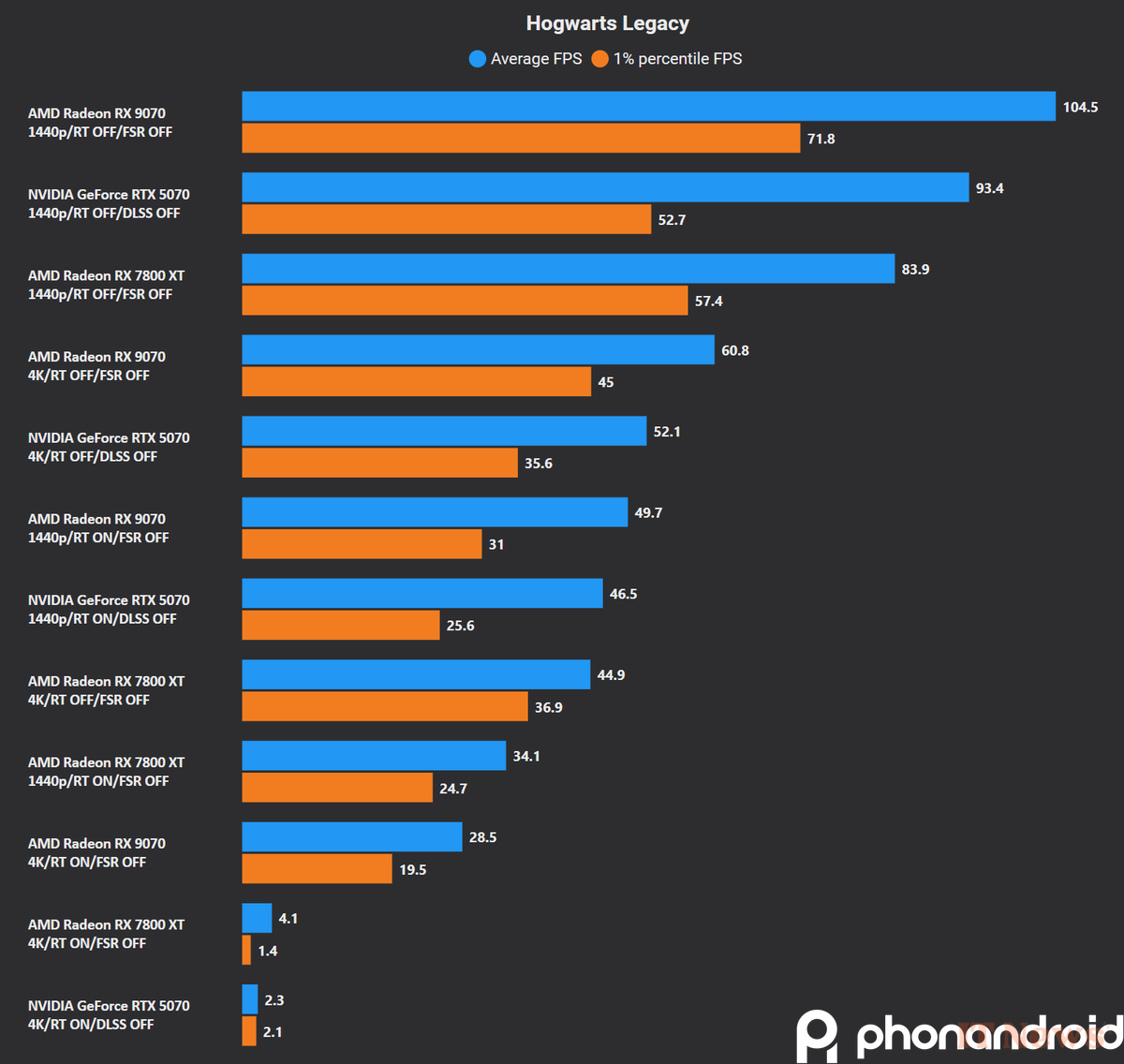
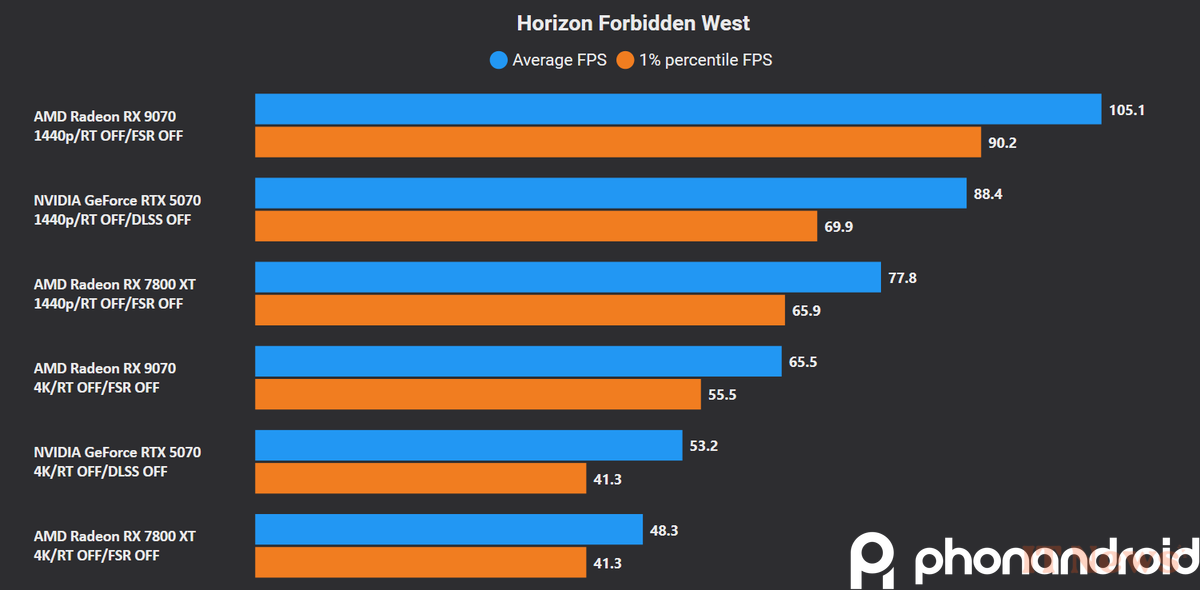
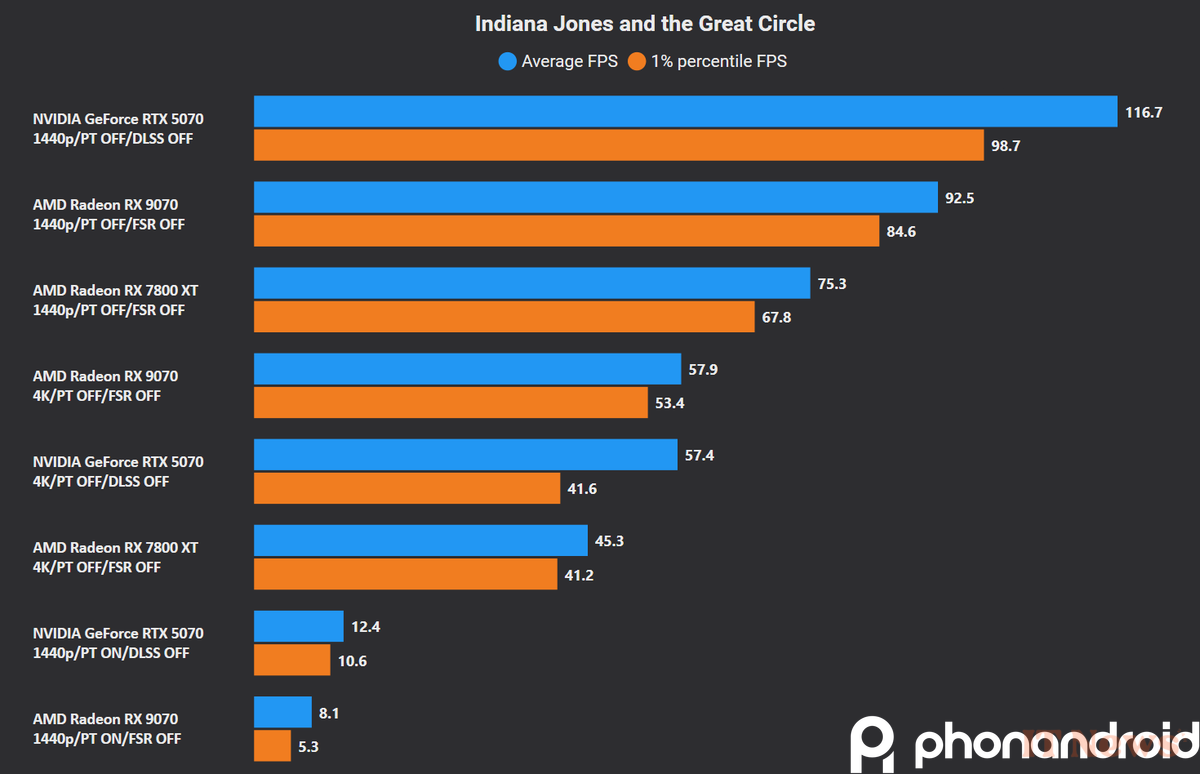
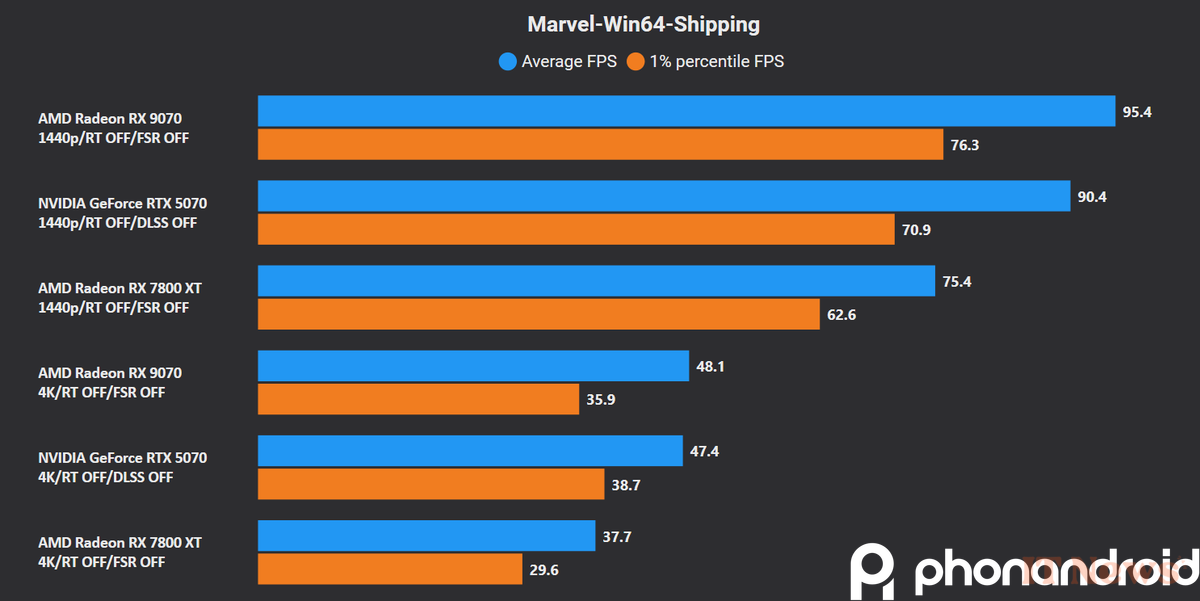
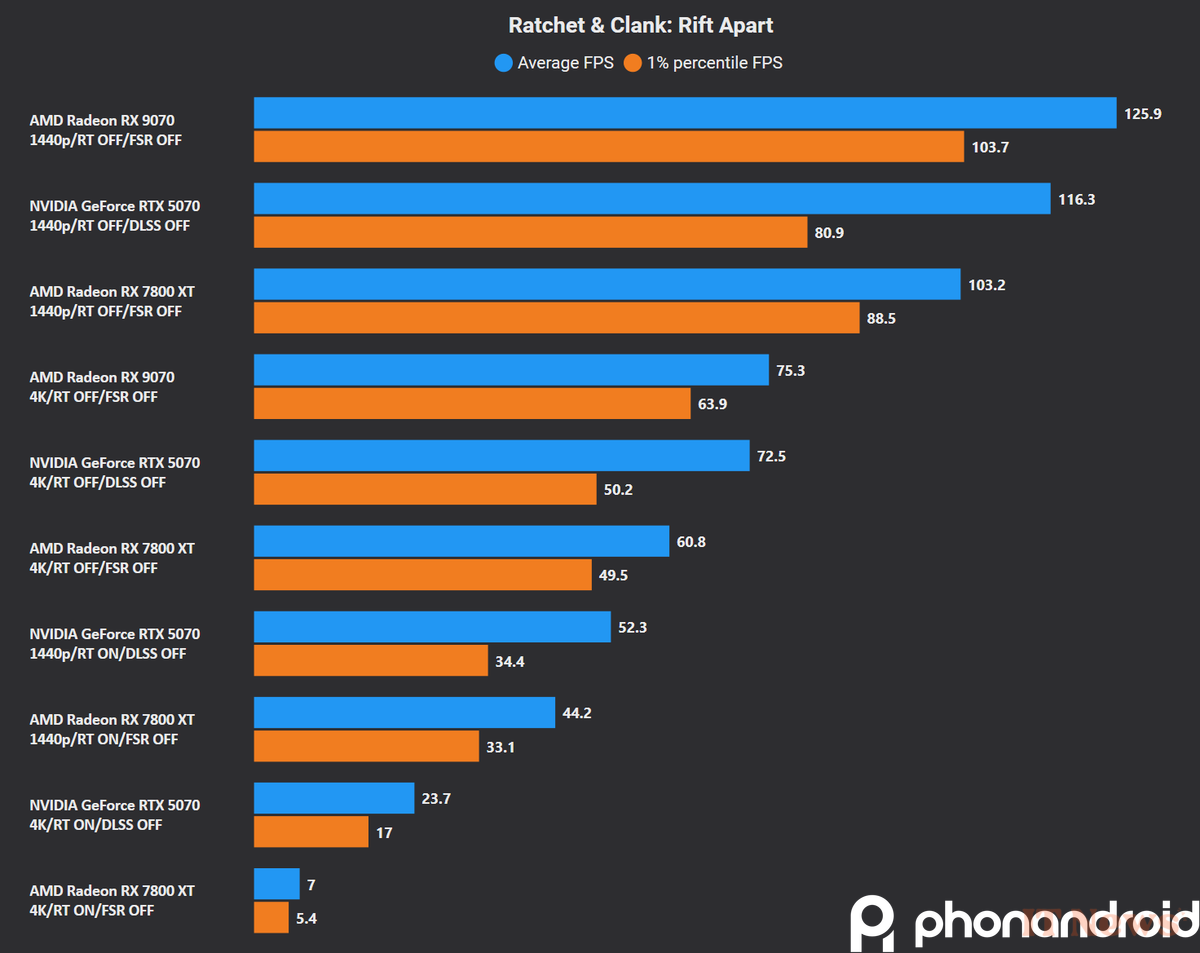
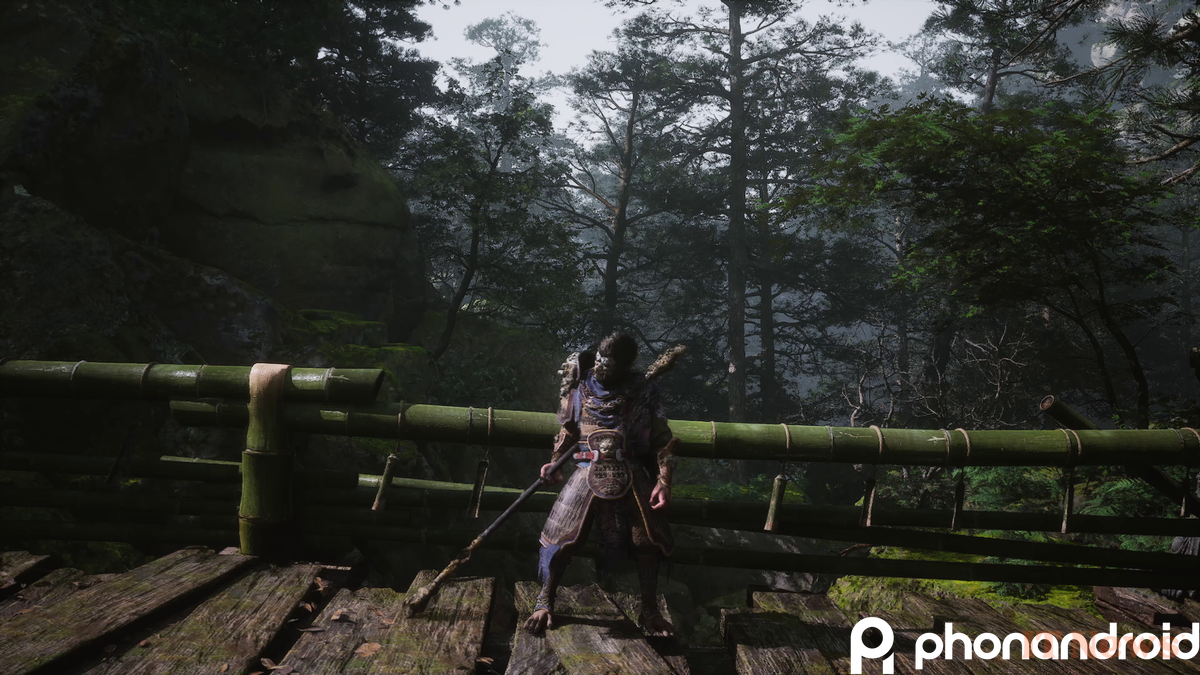
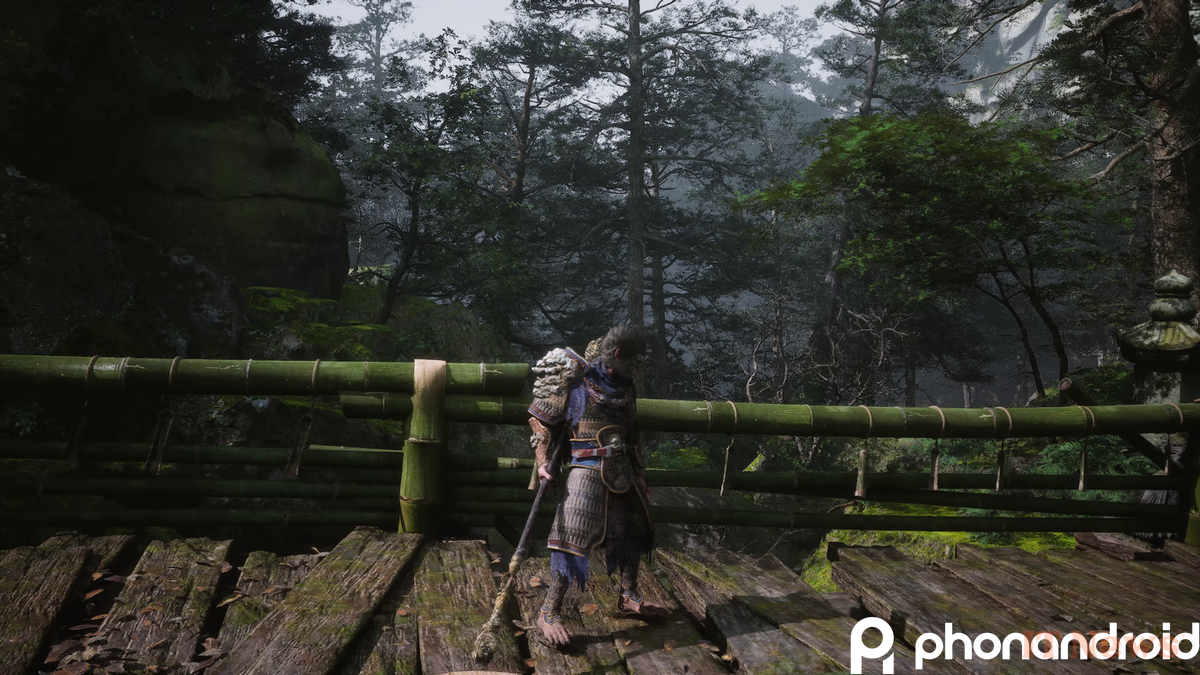
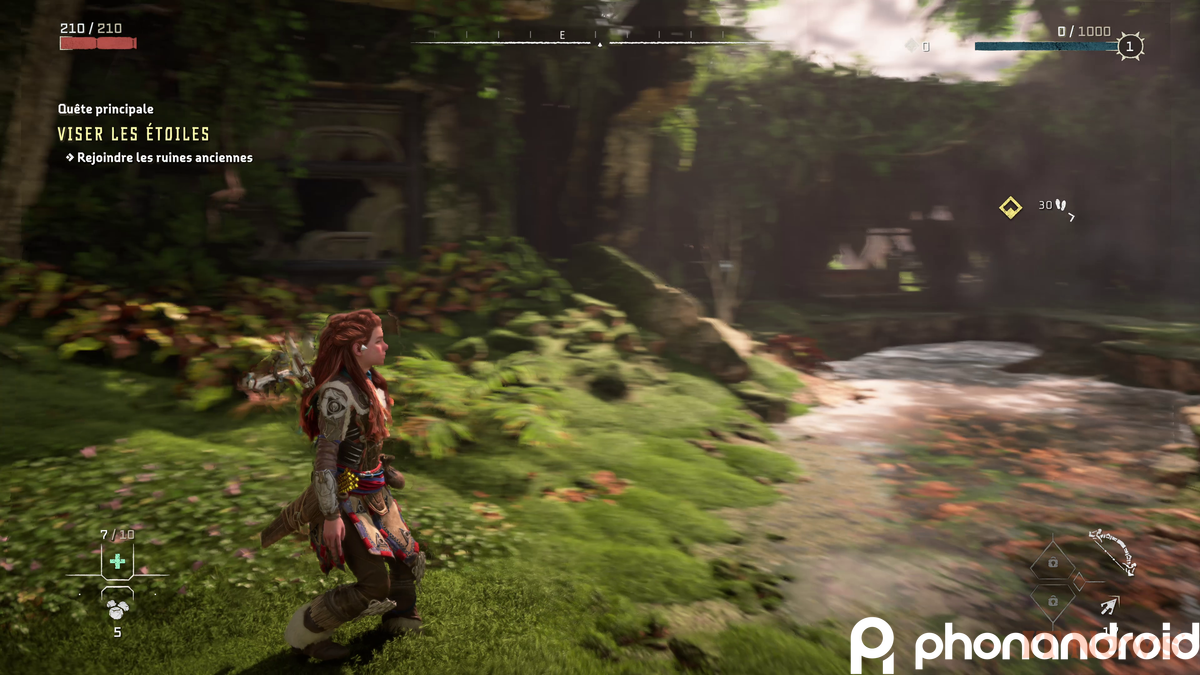

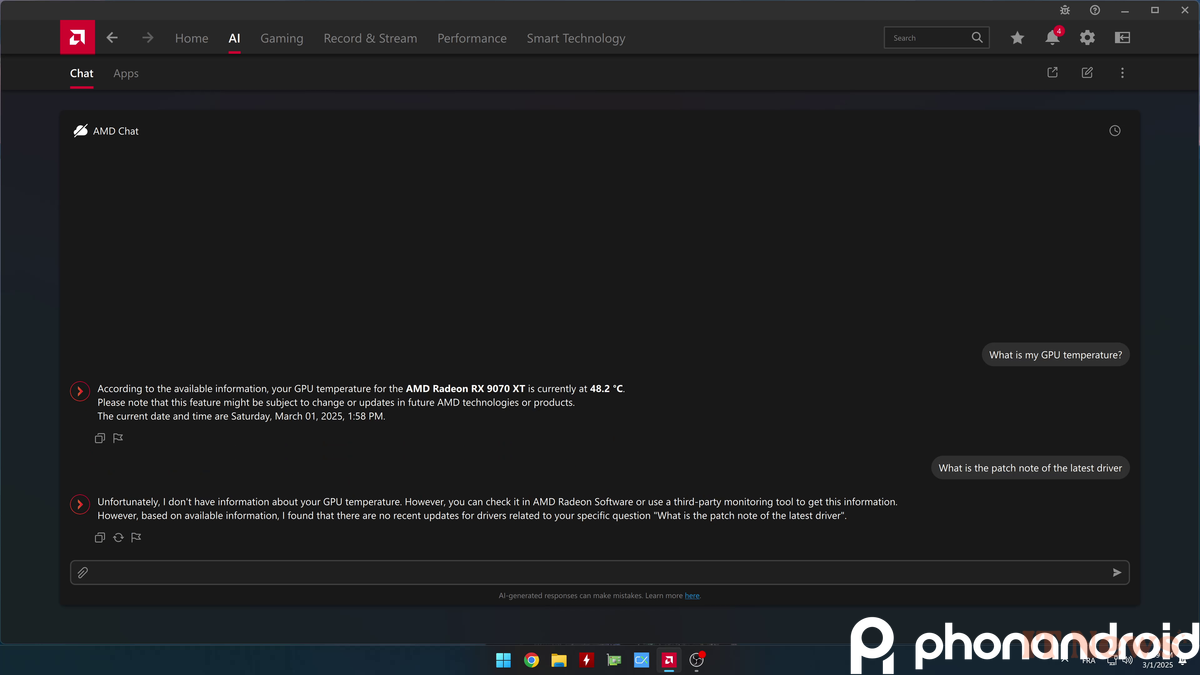

0 Comments